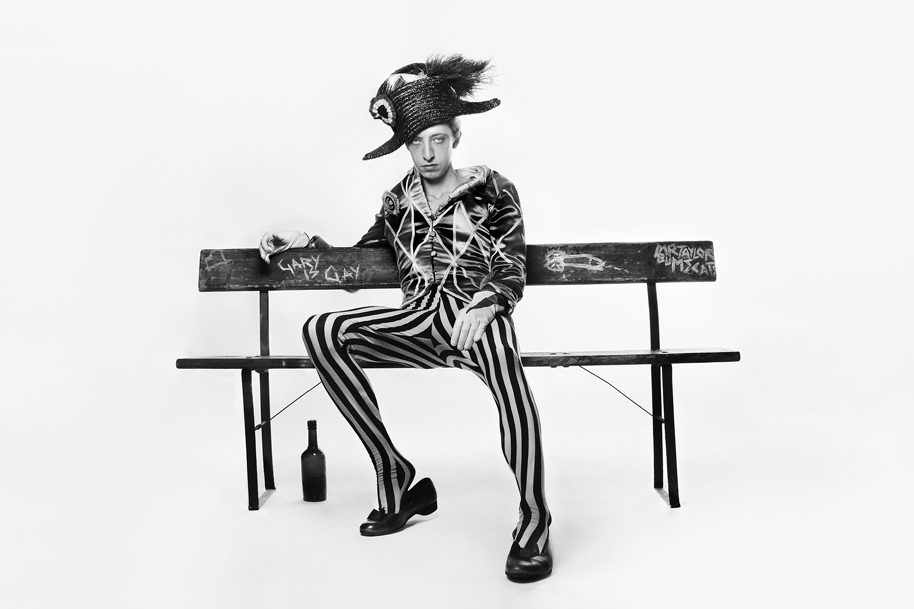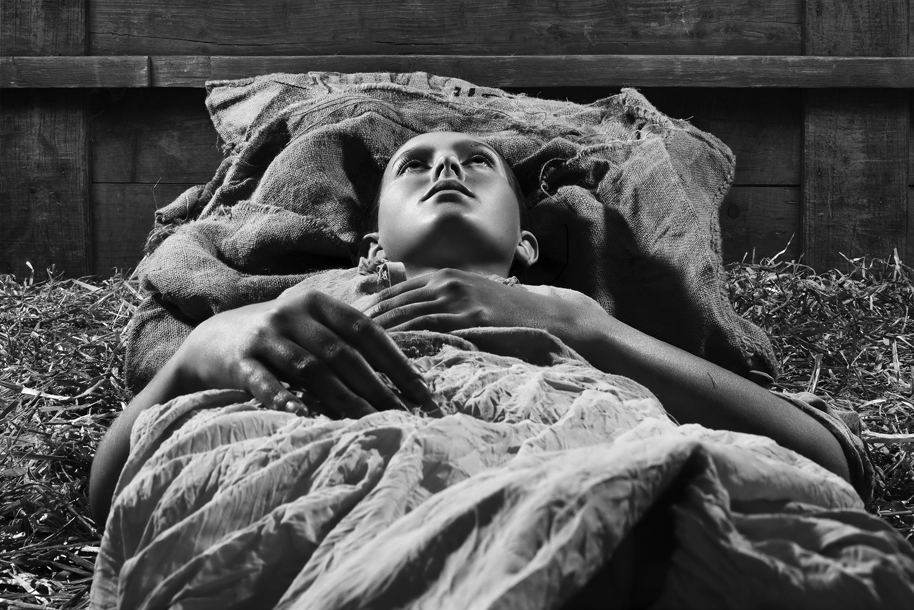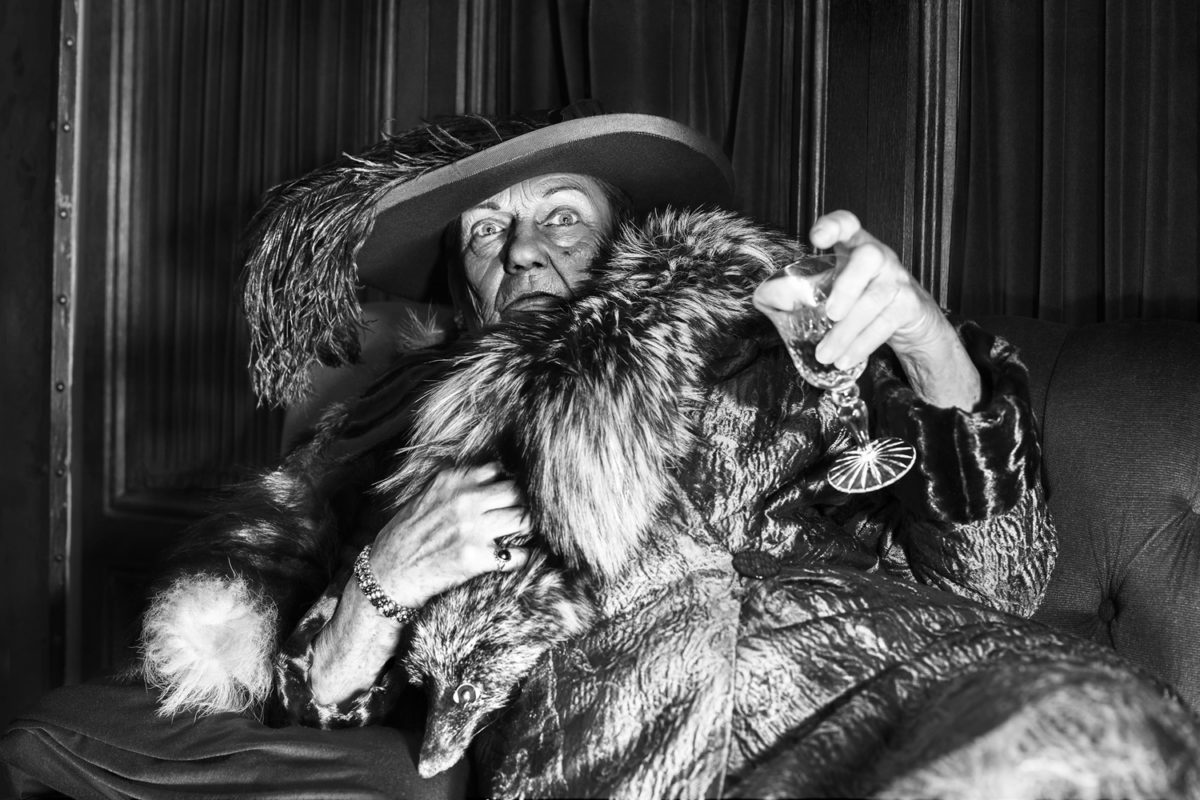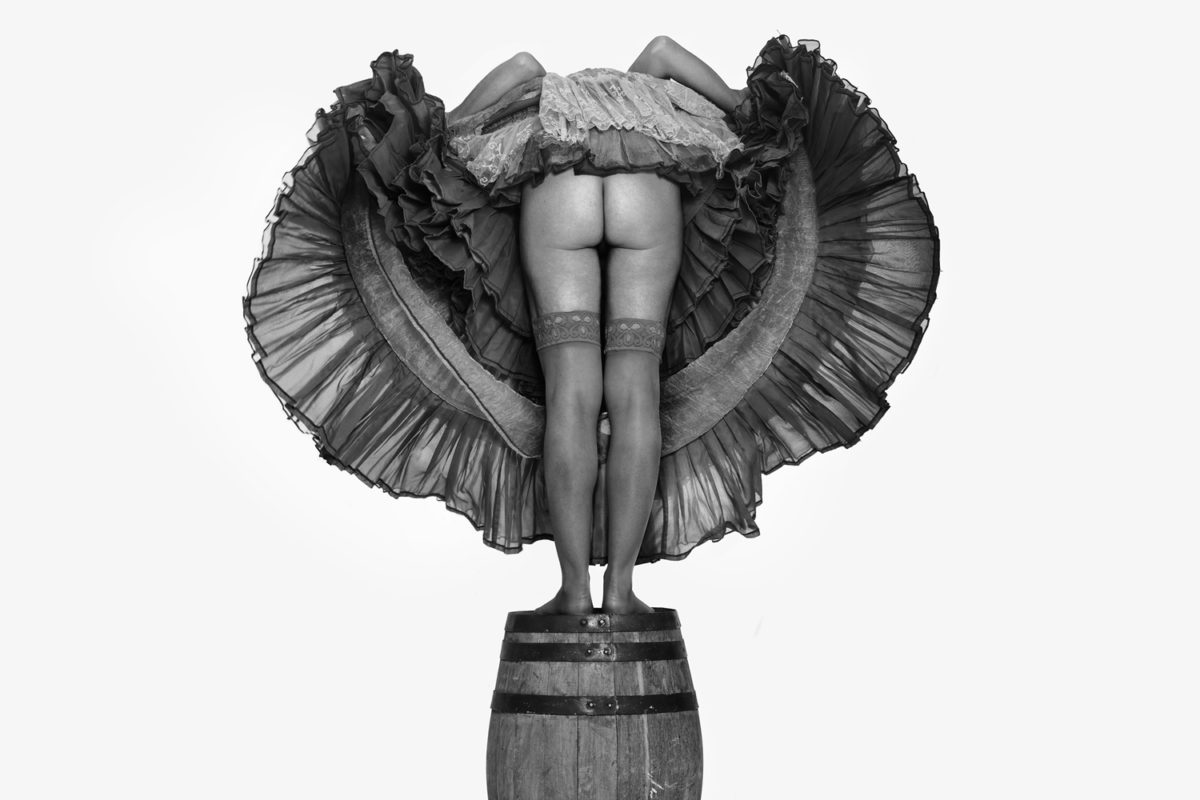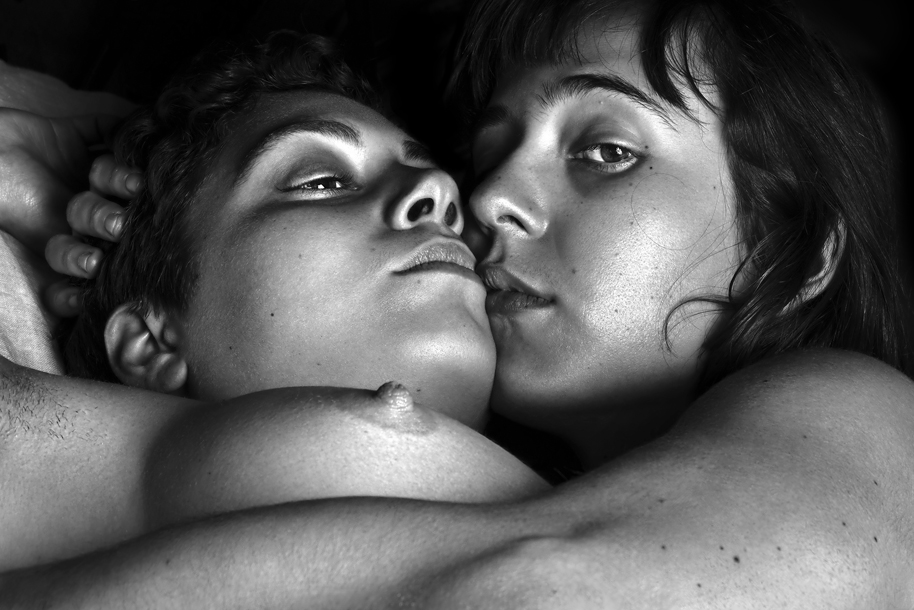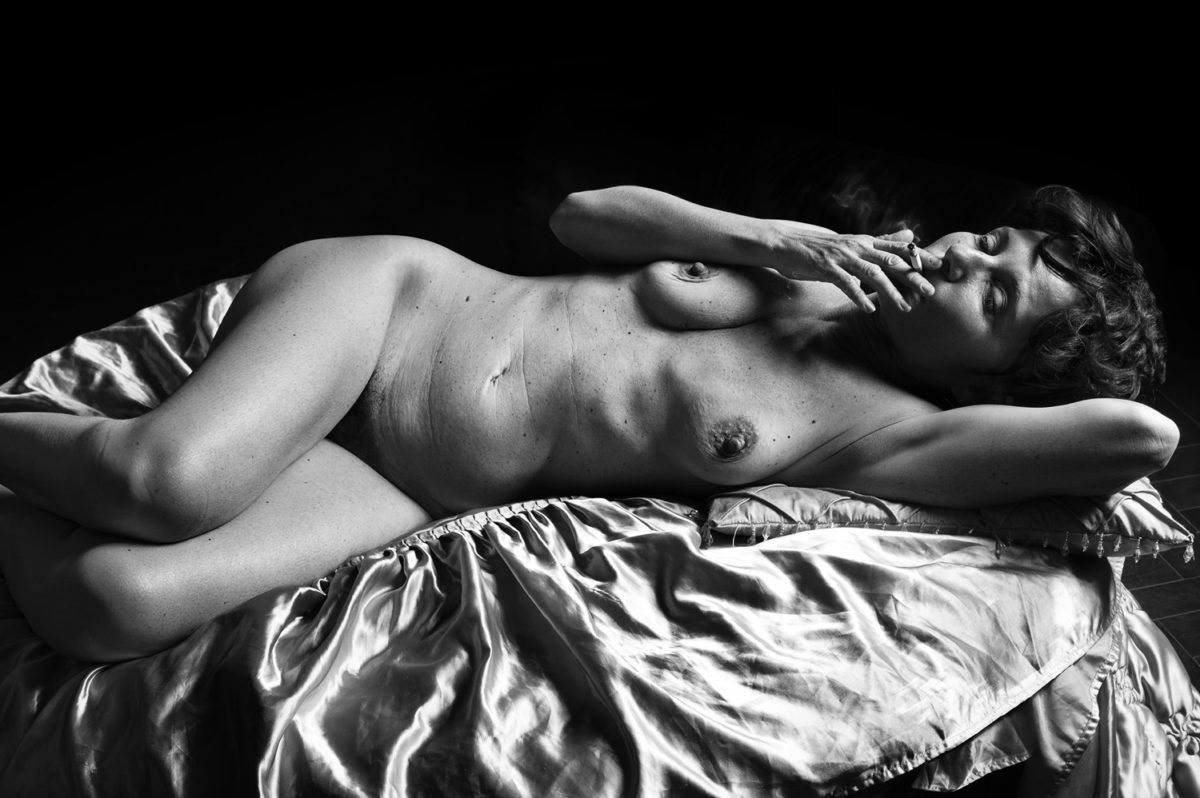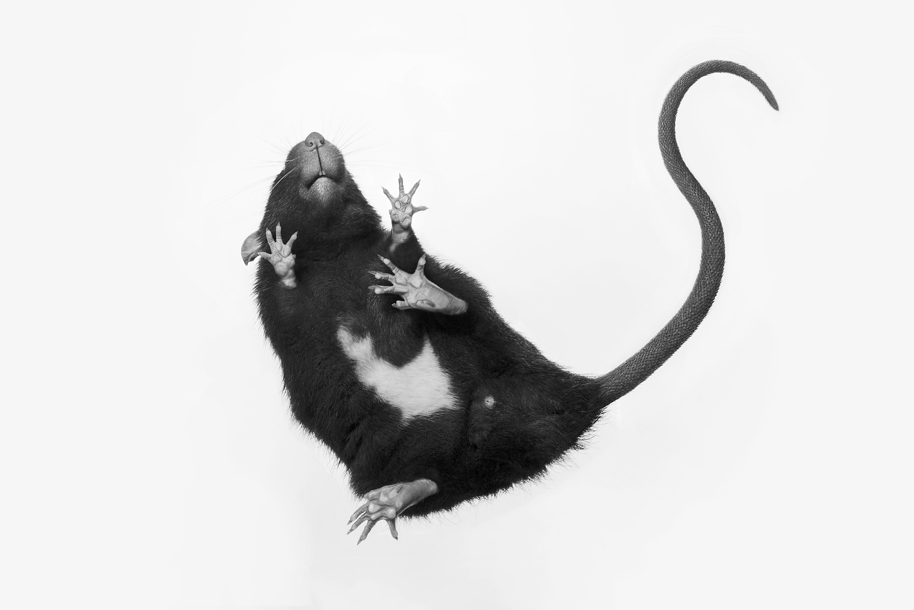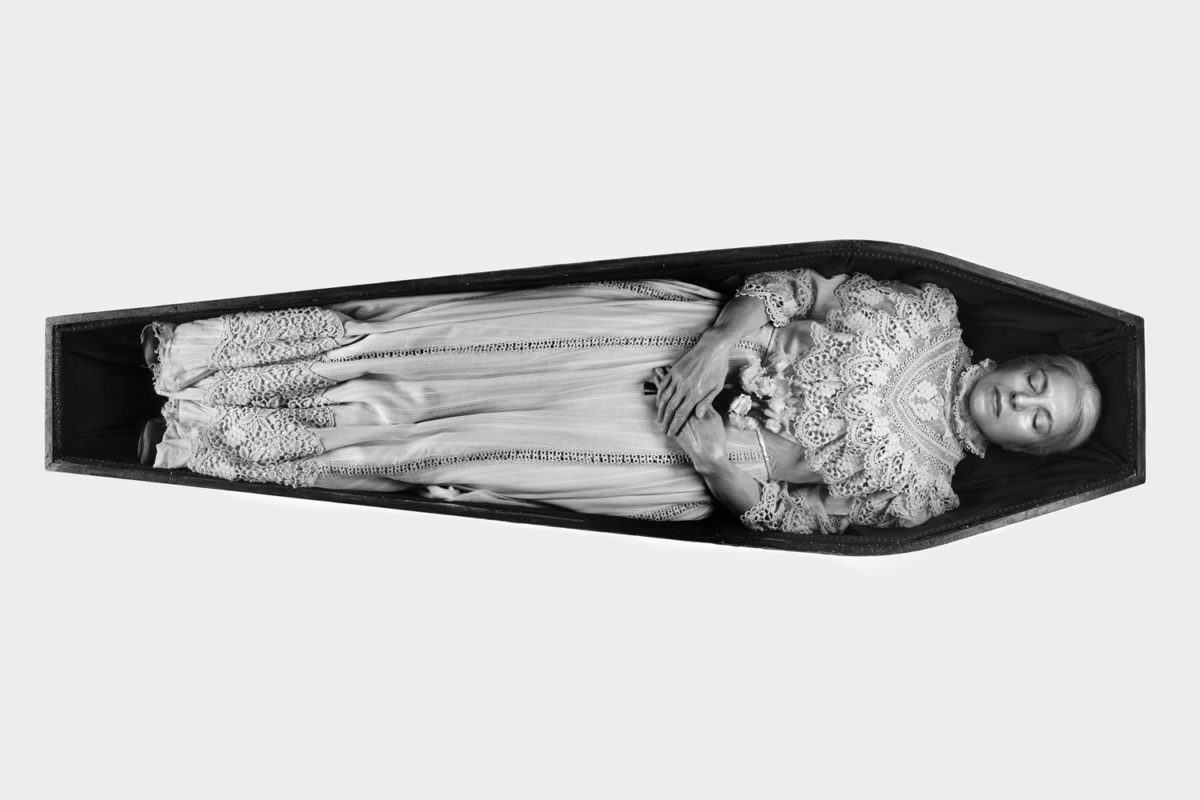Selected as a Photoworks Award winner, London College of Communication BA Photography graduate Julien Martinez Leclerc explains his approach to researching and assembling images in the series Collecting and Staging.
Collecting and Stating is a project that I began working on in November 2016 after I visited the National Theatre’s archive of costumes and props for the first time. Earlier that year I had put together an important collection of French photographs and paintings of the late 19th century/ beginning of the 20th century and I was looking for a way to visually respond to these images.
There is, in the photographic production of the 19th century, a distinctive theatricality and pictorial dimension that I felt inspired to re-enact in my own practice. From my first visit to the archives I recognised an opportunity to reassemble fragments from the past, a process I like to compare to experimental archaeology.
Making each photograph was like creating a three dimensional collage; from the photographs that I had in my collection I picked elements that grabbed me, like a pair of shoes or a hairstyle, which I then sourced back, recreated and pasted together in each image. Because every photograph is created from elements that appeared to me as archetypal I think there is a familiarity in them, as if the viewer already met these characters through the works of Henri de Toulouse Lautrec, Brassaï or Victor Hugo.
Wandering in the archives I was naturally drawn to pieces that were intentionally torn, stained or scratched in order to fake an underprivileged social condition, and years that were meant to have gone by. I have always been curious to see what lies beneath cinema’s great illusion and I remember being mesmerised by behind-the-scenes photographs of Hollywood movie sets as a child. Pictures that reveal the artifice behind the illusion stimulates me both visually and conceptually and it is why I staged half of the photographs in an empty studio so that by the means of a contrast the viewer begins to question the truthfulness of the ensemble.
 Even though there is no scientific dimension to this series I like to think that looking at a reconstituted skeleton in a window display is not so far from being in front of these photographs; there is evident proof of the past but the fact that these elements are presented in and out of context challenges our ability to believe and imagine. If my photographic style is a reference to the past, I think the eclecticism of the series reflects a contemporary phenomenon. Online, where I found most of my references there is no curation in terms of how images sit next to one another and from that, I think, emerges a new definition of storytelling and what a series is. I didn’t want the viewer to perceive my photographs as linked through a single storyline or theme but by their belonging to the same heritage.
Even though there is no scientific dimension to this series I like to think that looking at a reconstituted skeleton in a window display is not so far from being in front of these photographs; there is evident proof of the past but the fact that these elements are presented in and out of context challenges our ability to believe and imagine. If my photographic style is a reference to the past, I think the eclecticism of the series reflects a contemporary phenomenon. Online, where I found most of my references there is no curation in terms of how images sit next to one another and from that, I think, emerges a new definition of storytelling and what a series is. I didn’t want the viewer to perceive my photographs as linked through a single storyline or theme but by their belonging to the same heritage.
My inspirations have always included documentary photography as much as fashion imagery and I see in this series this strong duality and contradiction between a crude reality and a sophisticated polish.
See here for more of Julien’s work.
